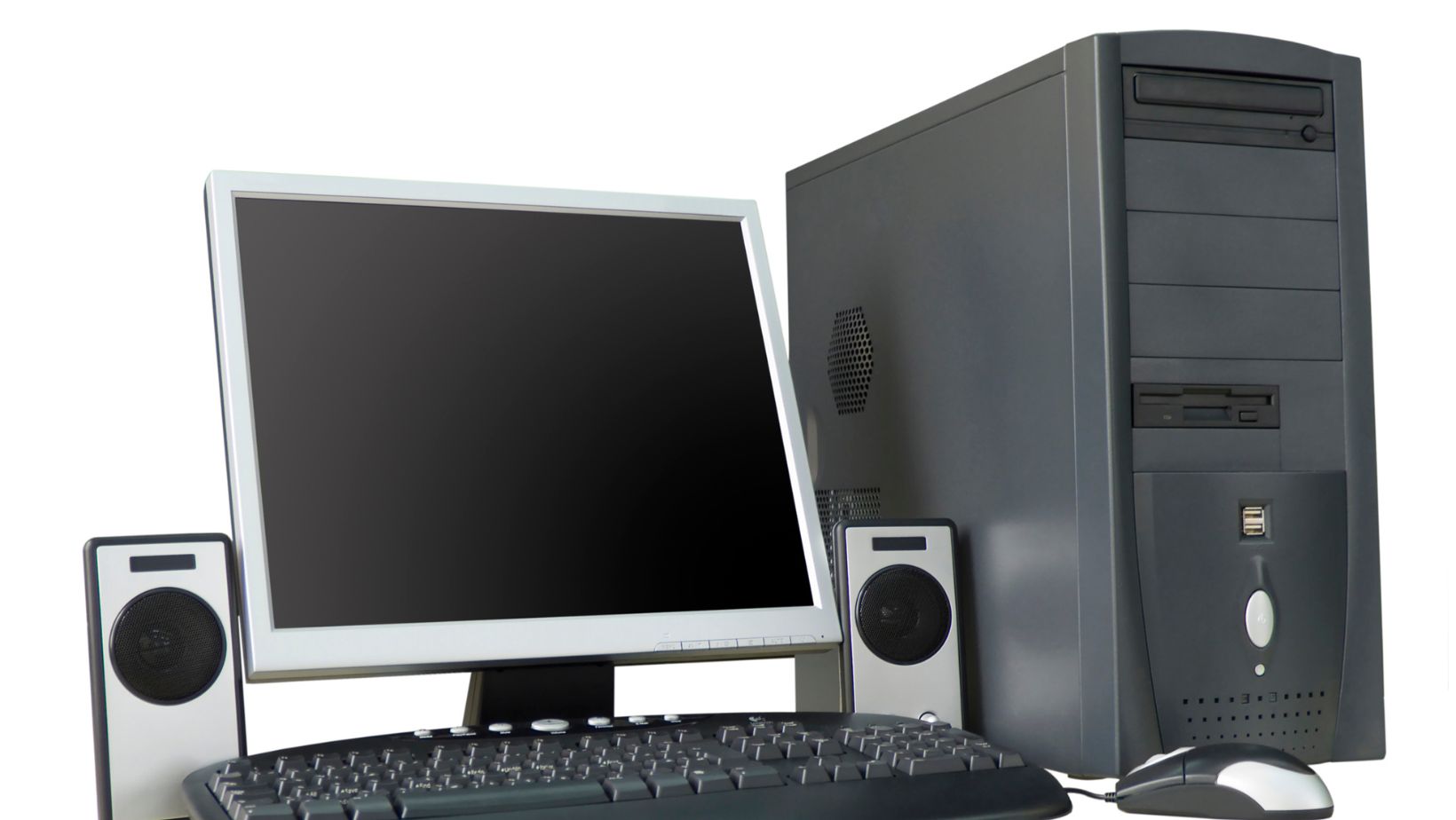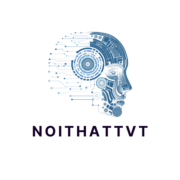Key Takeaways
- Personal Computing Revolution: The 1980s saw the transformation of computers from business tools to household essentials, with the introduction of the IBM PC and Apple Macintosh making technology accessible to a wider audience.
- Growth in Software Development: This decade marked the rise of iconic software applications like Microsoft Word and Lotus 1-2-3, which significantly enhanced productivity and reshaped the software landscape.
- Emergence of Gaming Consoles: The introduction of 8-bit and 16-bit gaming systems, such as the NES and Sega Genesis, revolutionized the gaming experience and created a cultural phenomenon around video games.
- Impact on Business and Education: Computers streamlined office operations and enhanced productivity while also transforming educational environments with interactive learning methods and access to technology for students.
- Foundation for Future Technologies: The advancements made in the 1980s laid the groundwork for contemporary personal computing, software engineering, and the interconnected digital systems we rely on today.
The 1980s marked a pivotal decade in the evolution of computers, transforming them from niche tools into household staples. With the introduction of personal computers, technology began to infiltrate everyday life, paving the way for a digital revolution. Companies like IBM and Apple led the charge, making computing accessible to the masses and sparking a cultural shift that would change how people work and communicate.
As software development flourished and gaming entered the scene, the 80s became a playground for innovation. From the iconic Commodore 64 to the early days of Microsoft Windows, these machines laid the groundwork for the powerful devices we rely on today. Exploring this dynamic era reveals not just technological advancements but also the beginning of a new relationship between humans and machines.
Computers in the 80s
Computers in the 1980s underwent remarkable advancements, transitioning from complex machines used primarily in businesses to widely adopted personal devices. This decade marked the introduction of pivotal models like the IBM PC, which debuted in 1981, providing an open architecture that encouraged third-party hardware and software innovation. The Apple Macintosh, released in 1984, pioneered user-friendly graphical interfaces, making computing more intuitive for non-technical users.
The 1980s also witnessed explosive growth in software availability. Companies developed vital applications, from word processors like Microsoft Word to early spreadsheet tools such as Lotus 1-2-3. Gaming thrived during this period, with the Commodore 64 and the Nintendo Entertainment System captivating audiences with their engaging content and interactive experiences.
In addition to hardware and software advances, the 1980s established foundational programming languages. Languages like C and Pascal gained popularity, influencing future developments in software engineering. Networking technologies emerged, allowing computers to communicate, laying the groundwork for the interconnected systems that define today’s digital landscape.
By the end of the decade, computers had embedded themselves into everyday life, transforming tasks like banking, education, and entertainment. The 80s set the stage for rapid advancements in the following decades, reshaping both societal dynamics and individual interactions with technology.
Major Developments in Computer Technology
 The 1980s witnessed groundbreaking advancements in computer technology that reshaped everyday life. Key innovations during this decade made personal computing accessible to the masses.
The 1980s witnessed groundbreaking advancements in computer technology that reshaped everyday life. Key innovations during this decade made personal computing accessible to the masses.
Personal Computers Revolution
The personal computer revolution marked a significant shift in computing accessibility. The introduction of the IBM PC in 1981 set a new standard, utilizing an open architecture that allowed for third-party hardware and software to flourish. This flexibility attracted a diverse range of companies and users, driving innovation. Apple’s Macintosh, released in 1984, popularized graphical user interfaces, which simplified user interaction and attracted non-technical users. By the decade’s end, home computing emerged as a viable choice for families, with millions of units sold, drastically transforming how people engaged with technology.
Advances in Software Development
Software development flourished during the 1980s, leading to the creation of iconic applications that shaped modern productivity. Key releases included Microsoft Word in 1983 and Lotus 1-2-3 in 1985, which became essential tools for word processing and spreadsheet management. The development of programming languages like C and Pascal enabled the creation of sophisticated applications, fostering a culture of innovation within software engineering. Additionally, the popularity of home computer gaming surged, with titles such as Pac-Man and Prince of Persia captivating players. This era laid the groundwork for a dynamic software ecosystem that continues to evolve today.
Notable Computer Models of the 80s
The 1980s produced several notable computer models that greatly influenced personal computing. These models introduced innovative features and played essential roles in shaping the technology landscape.
IBM PC and Its Impact
IBM launched its first personal computer, the IBM PC (Model 5150), in 1981. The IBM PC’s open architecture spurred the growth of a third-party ecosystem, allowing various hardware and software developers to create compatible products. This approach enabled rapid advancements and competitive pricing in the personal computer market. The IBM PC’s prevalence in businesses and educational institutions secured its position as a standard in computing, leading to widespread adoption and establishing lasting industry influence. By 1983, IBM controlled over 30% of the personal computer market share, underscoring its significant impact.
Apple Macintosh and User Experience
Apple’s introduction of the Macintosh in 1984 revolutionized user interaction with computers. The Macintosh featured a graphical user interface (GUI) and a mouse, making computing more intuitive for non-technical users. Its innovative design allowed users to easily navigate through applications, setting new standards for user experience. The Macintosh appealed to creative professionals due to its superior graphical capabilities, positioning it as a beloved choice in design and publishing. In its first couple of years, the Macintosh captured 10% of the market, illustrating the effectiveness of its user-friendly approach.
The Rise of Gaming Consoles

The 1980s marked a pivotal era for gaming consoles, influencing both the entertainment landscape and the technological evolution in computing. The introduction of 8-bit and 16-bit systems changed how people interacted with video games and laid the groundwork for the future of gaming.
Influence of 8-Bit and 16-Bit Systems
8-bit and 16-bit systems became foundational in the gaming revolution. These architectures provided enhanced graphics and sound, creating immersive experiences for users.
- 8-Bit Systems: The Nintendo Entertainment System (NES), released in 1985, popularized 8-bit gaming with iconic titles like Super Mario Bros and The Legend of Zelda. These games introduced rich storytelling and visual narratives, capturing the imaginations of players.
- 16-Bit Systems: The arrival of 16-bit consoles, notably the Sega Genesis in 1988, elevated gaming standards through improved graphics and deeper gameplay. Titles such as Sonic the Hedgehog showcased the system’s capabilities.
- Crossover with Personal Computers: Many gaming companies utilized 8-bit and 16-bit technology to develop software for personal computers, such as the Commodore 64. This collaboration not only expanded the gaming audience but also encouraged gamers to explore home computing.
- Cultural Impact: 8-bit and 16-bit systems defined gaming culture in the 1980s, fostering communities around shared interests and experiences. Social gaming events and arcade tournaments became popular, bringing enthusiasts together in new ways.
These developments in gaming consoles during the 1980s set the stage for today’s gaming landscape, establishing essential connections between technology and entertainment.
The Impact on Business and Education
The 1980s marked a pivotal turning point for business and education as computers transformed operational efficiency and learning environments. The integration of personal computers into these sectors revolutionized practices and methodologies.
Computerization in Offices
Computerization in offices shifted from manual processes to digital solutions, streamlining operations and enhancing productivity. Word processing software such as Microsoft Word and spreadsheet programs like Lotus 1-2-3 automated routine tasks, reducing time spent on document creation and data analysis. Networking technologies enabled file sharing and communication between employees, fostering collaboration and efficiency. By 1985, approximately 30% of U.S. businesses had adopted personal computers, illustrating the rapid penetration of technology into the workplace. This integration not only led to cost savings but also improved the accuracy of data handling and record-keeping.
Introduction of Computers in Schools
The introduction of computers into schools transformed educational practices, making learning more interactive and accessible. By the late 1980s, several schools adopted computer labs, providing students with hands-on experience in technology. Educational software such as Logo and educational games became popular, aiding in the development of problem-solving and critical thinking skills. The use of computers empowered teachers to present information in diverse formats, catering to various learning styles. By 1989, around 20% of public schools in the U.S. had at least one computer for instructional use, illustrating the growing recognition of technology’s role in education. This expansion set the groundwork for progressive teaching methods and technological literacy among students.
1980s PCs
The 1980s marked a pivotal era in the evolution of computers. This decade laid the groundwork for the personal computing revolution that transformed everyday life. With the emergence of user-friendly interfaces and accessible software, technology became an integral part of homes, schools, and businesses.
The innovations of this period not only enhanced productivity but also reshaped entertainment through gaming. The impact of computers during the 80s continues to resonate today, influencing how society interacts with technology. As computers grew in popularity and capability, they set the stage for the rapid advancements that followed in the digital age.

